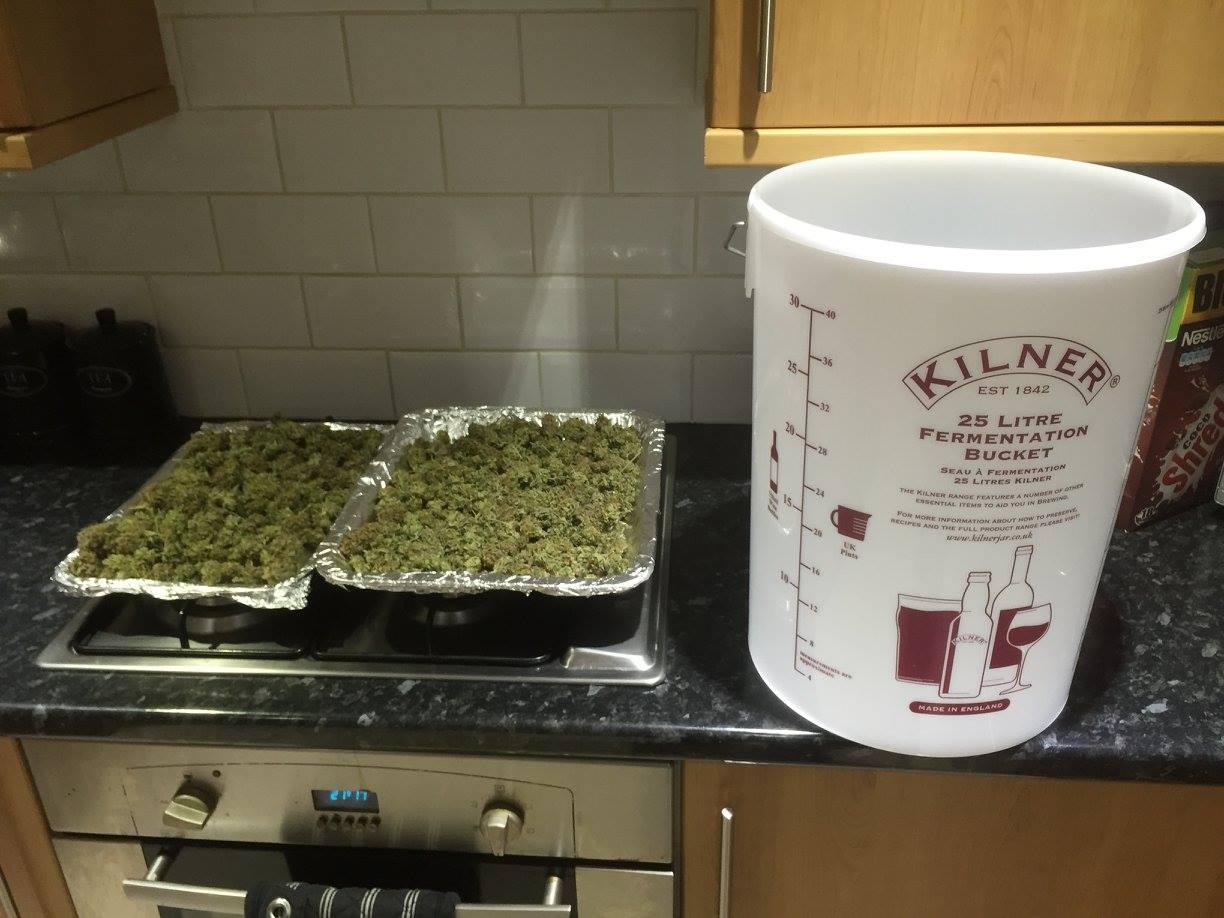Medicinal Cannabis Series: Part I — Cancer Pain
Understanding Cancer Pain
Cancer pain is complex, and for many people it becomes one of the hardest parts of the journey. It can arise from the tumour itself, from pressure on nerves or organs, or as a side effect of treatments such as surgery, chemotherapy, or radiotherapy. For some, the pain is constant and dull; for others, it’s sharp, burning, or radiating. Whatever the type, it often affects sleep, mood, and daily life far beyond the physical discomfort itself.
While prescription painkillers like opioids, nerve-blocking drugs, and anti-inflammatories can be effective, they often bring unwanted side effects, sedation, nausea, constipation, or tolerance over time. That’s why more patients and researchers are turning their attention to cannabis, not as a replacement for medical care, but as a potential complementary tool to help manage pain, improve comfort, and restore some quality of life.
Emerging studies suggest that compounds within cannabis, known as cannabinoids and terpenes, interact with the body’s own endocannabinoid system (ECS), which regulates pain, inflammation, appetite, and mood. By working with this system rather than against it, cannabis may offer a more holistic form of relief for certain symptoms of cancer and its treatment.

How Cannabis Works for Pain Relief
The human body is wired with a remarkable network called the endocannabinoid system (ECS) — a natural signalling system that helps keep everything in balance. It regulates pain, appetite, mood, inflammation, and even how we sleep. When the body is under stress or disease, this system can become unbalanced. That’s where cannabinoids, the active compounds found in cannabis, may play a role.
The ECS has two main types of receptors:
- CB₁ receptors, found mostly in the brain and spinal cord, influence pain perception, mood, and memory.
- CB₂ receptors, located mainly in the immune system and peripheral tissues, help regulate inflammation and immune response.
Cannabinoids like THC, CBD, and CBG interact with these receptors and other molecular pathways to potentially reduce pain signals and inflammation:
- THC (Δ⁹-tetrahydrocannabinol) – activates CB₁ receptors to dull pain perception, stimulates appetite, and eases nausea.
- CBD (cannabidiol) – non-intoxicating; calms inflammation and anxiety through serotonin and vanilloid receptors, often balancing THC’s effects.
- CBG (cannabigerol) – supports nerve protection and reduces tension by influencing GABA and serotonin pathways.
Together they produce the entourage effect, where cannabinoids and terpenes (the aromatic oils that give each strain its scent and therapeutic tone) work synergistically.
Key Terpenes for Cancer Pain Research
| Terpene | Typical Effect | Potential Benefit |
| Myrcene | Sedative, muscle-relaxing | Deep physical calm; may boost THC’s analgesic action |
| β-Caryophyllene | Anti-inflammatory | Binds CB₂ receptors to reduce inflammation and nerve pain |
| Linalool | Calming, anti-anxiety | Helps muscle tension and sleep |
| Limonene | Uplifting, anti-nausea | Supports appetite and mood |
| Humulene | Balancing, anti-tumour (preclinical) | Adds immune and anti-inflammatory depth |
Original Sensible Seeds Strains Relevant to Cancer Pain
Cannabis isn’t a one-size-fits-all plant every strain carries a unique balance of cannabinoids and terpenes that shapes how it interacts with the body.
At Original Sensible Seeds, each strain has been analysed to identify which chemotypes (chemical profiles) may align most closely with the challenges of cancer pain: chronic inflammation, nerve pain, anxiety, nausea, and disturbed sleep.
Below are the OSS genetics most relevant for study, combining THC-driven relief with terpene-supported comfort.
Grandaddy Black (FEM)
95 % Indica | THC ≈ 23 %
Myrcene, Caryophyllene, Linalool
→ Deep relaxation and restorative sleep; ideal for night-time pain relief.
Gelato (FEM)
55 % Indica / 45 % Sativa | THC ≈ 25 %
Limonene, Caryophyllene, Myrcene
→ Elevates mood and appetite while easing fatigue and emotional stress.
Girl Scout Cookies (FEM)
80 % Indica | THC ≈ 22 %
Caryophyllene, Humulene
→ Anti-inflammatory, appetite-enhancing, and mood-lifting — supports eating and recovery.
Do-Si-Dos OG (FEM)
70 % Indica | THC ≈ 28 %
Limonene, Caryophyllene, Myrcene
→ Calms anxiety and relaxes muscles; ideal for evening use.
Cannaboom CBD+ (FEM)
50 % Indica / 50 % Sativa | THC ≈ 8 % CBD ≈ 10–12 %
Myrcene, Pinene, Caryophyllene
→ Balanced CBD-rich strain for daytime anti-inflammatory support without intoxication.
GG 4 Original Glue (FEM)
50 % Indica / 50 % Sativa | THC ≈ 28 %
Caryophyllene, Myrcene, Limonene
→ Potent relief for breakthrough or nerve pain; steady mental focus.
Blackwater (FEM)
90 % Indica | THC ≈ 28 %
Myrcene, Linalool, Caryophyllene
→ Sedating and restorative; reduces tension and improves rest.
Gorilla Cookies (FEM)
70 % Indica / 30 % Sativa | THC ≈ 28 %
Caryophyllene, Myrcene, Limonene
→ Fast-acting, balanced option for inflammation and stress relief.
Key Strains at a Glance
| Strain | Primary Benefit | THC / CBD Profile | Dominant Terpenes | Ideal Use |
| Grandaddy Black (FEM) | Pain & sleep support | THC 23 % | Myrcene, Caryophyllene, Linalool | Night |
| Gelato (FEM) | Appetite & mood | THC 25 % | Limonene, Caryophyllene, Myrcene | Day / Evening |
| Girl Scout Cookies (FEM) | Pain & appetite | THC 22 % | Caryophyllene, Humulene | Evening |
| Do-Si-Dos OG (FEM) | Anxiety & relaxation | THC 28 % | Limonene, Caryophyllene, Myrcene | Night |
| Cannaboom CBD+ (FEM) | Inflammation & balance | THC 8 % / CBD 10–12 % | Myrcene, Pinene, Caryophyllene | Day |
| Gorilla Glue #4 (FEM) | Breakthrough pain | THC 28 % | Caryophyllene, Myrcene, Limonene | Day / Evening |
| Blackwater (FEM) | Rest & recovery | THC 28 % | Myrcene, Linalool, Caryophyllene | Night |
| Gorilla Cookies (FEM) | Quick pain relief | THC 28 % | Caryophyllene, Myrcene, Limonene | Day |
Research Insight and Summary
Current research suggests that cannabis can play a supportive role in managing cancer-related pain.
Cannabinoids like THC and CBD may reduce both inflammatory and neuropathic pain while helping control nausea and improving appetite.
When combined with terpenes such as β-caryophyllene, myrcene, linalool, and limonene, these compounds form a balanced profile that supports rest, mood, and overall wellbeing, often called the entourage effect.

The OSS strains featured here, including Grandaddy Black, Girl Scout Cookies, Gelato, and Cannaboom CBD+, were chosen for their reliable chemotypes and terpene balance, providing a consistent base for research and responsible education.
Cannabis cannot be claimed as a cure for cancer, but for many, it can make living with cancer more manageable; reducing pain, restoring appetite, and improving rest.
The purpose of this work is to identify how specific OSS genetics may contribute to that comfort through measurable, research-based plant chemistry.
Disclaimer
This article is for research and educational purposes only and should not be considered medical advice. Always consult a qualified healthcare professional before using cannabis or cannabinoid products, particularly when undergoing cancer therapy or taking prescribed medication.
All strains mentioned are discussed solely for their chemical and botanical properties, not as treatment recommendations.
Use of cannabis must comply with the laws of your country or region
Check out our Ultimate Grow Guide for great tips and tricks for bigger yields and better quality.







